New Orleans - Ramblings About the City
Wednesday, November 03, 2010
 New Orleans, Louisiana, United States
New Orleans, Louisiana, United States
I spent a good part of one day in New Orleans driving around
the city . I wanted to see more of the city that what under water five years ago
after Hurricane Katrina and some of the neighborhoods that received TV news
coverage in the storm’s aftermath. The wealthier areas better known to tourists
along the Mississippi are on some of the city’s higher ground and received
little flood damage. High ground in New Orleans is a relative term in New
Orleans, though, where that means being a few feet above regular sea level
rather than somewhat below it. The generally poorer neighborhoods farther north
and east built on marshland and protected by levees from high water experienced
the worst flooding after those levees broke in spots during the storm’s surge
of high water.
My brother has seen New Orleans bother before and after
Hurricane Katrina and says the storm made a big improvement to the city. Many
of the poor people on welfare were temporarily forced to evacuate the city to
other places like Texas because of the storm. Since poor people have a lot of
natural inertia, many never returned . I think Louisiana is still the state with
the highest murder and incarceration rates, much of that crime taking place in
New Orleans, but the city with its smaller population is no longer quite such a
dangerous and impoverished place as it was pre-Katrina. Maybe the city’s bad reputation
is what kept me from visiting sooner on my travels across America. While New
Orleans has much to offer that sounds fun and interesting, it sounded like a
very grim place.
The urban geography of New Orleans is a little unusual. The
city’s richer neighborhoods are on higher ground near the Mississippi River
from Bywater and Marigny east of the French Quarter through the Garden District,
Uptown, Carrollton, and Audubon Park areas to the west. There wasn’t much
Hurricane Katrina flood damage in these neighborhoods since they are mostly
ever so slightly above sea level. The rest of city is another story, but that
includes both very poor neighborhoods and also some quite affluent ones near
Lake Pontchartrain and around City Park .
To be honest, many poorer neighborhoods in New Orleans are
still full of largely boarded-up small houses. I made it a point to drive
through the Lower Ninth Ward, made famous during Katrina as one of the poor
neighborhoods most thoroughly obliterated by the flood. The Lower Ninth is well
east of the city center and on especially low-lying ground. Five years after
the storm it’s a mix of reinhabited properties and boarded up houses overtaken
by junglelike vegetation. In New Orleans hot wet climate it doesn’t take long
for nature to reassert itself. More affluent neighborhoods where property was more
likely to be insured look largely normal again over five years after Katrina,
and there’s little sign around City Park that it had been under water for a
while.
New Orleans’s City Park contains numerous attractions, but being
in a northern part of the city quite far from the main tourist areas it doesn’t
seem to get a huge number of visitors. There’s a great sculpture garden behind
the art museum and an appealing botanic garden.
The main attraction of interest for me in City Park is the
New Orleans Museum of Art, considered to be one of the best in the South. While
nowadays Atlanta, Charlotte, and Nashville are more important New South cities
than New Orleans, it’s the older long-established cities like New Orleans that
still have the best art museum collections.
Other Entries

 New Orleans, Louisiana, United States
New Orleans, Louisiana, United States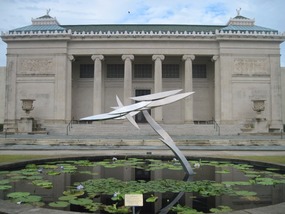
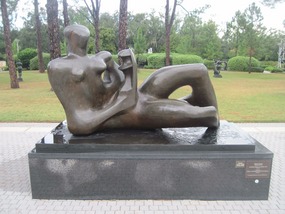
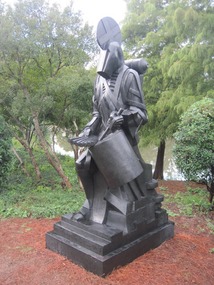

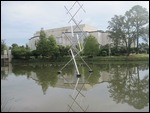
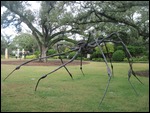


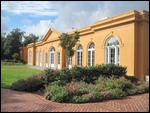


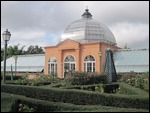



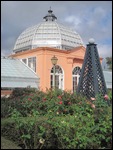



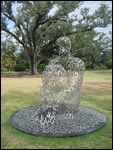

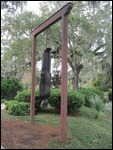
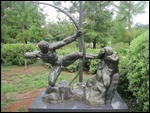
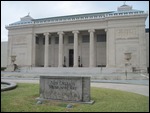





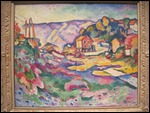


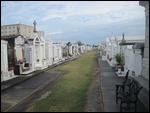
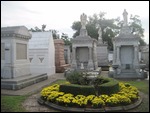
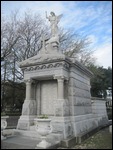
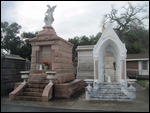
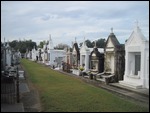
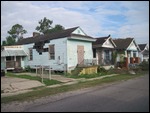
2025-05-22